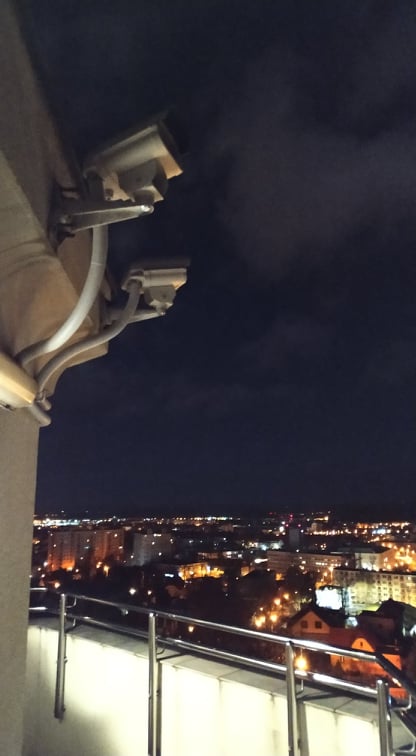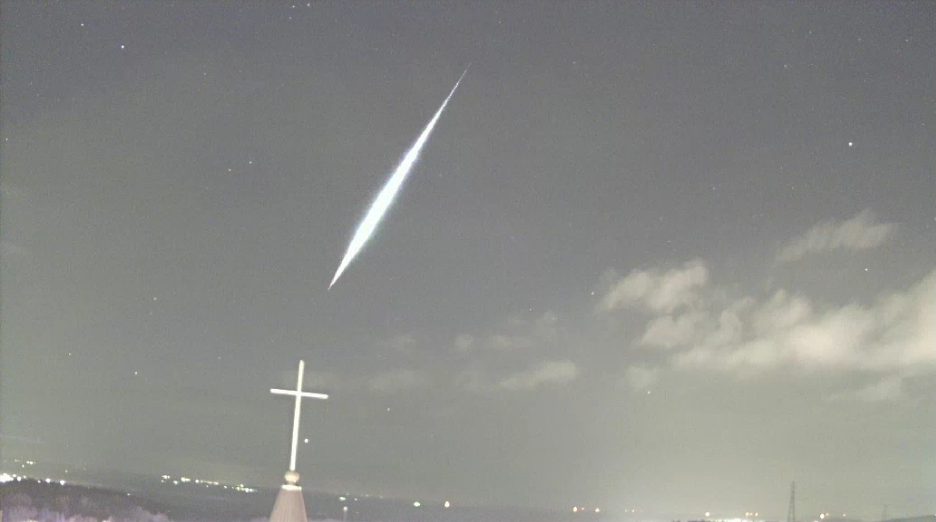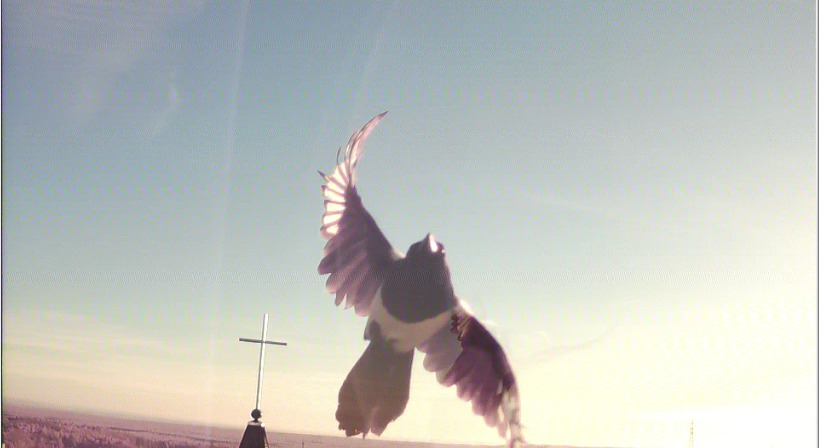

Station number: PFN14
Zielona Góra returns to the map of the Polish Fireball Network (PFN). In September 2010, the station's operations were halted due to the necessary modernization. The Institute of Astronomy, named after Prof. Janusz Gil, at the University of Zielona Góra (IA UZ), purchased three high-quality cameras, which were installed at one of the highest points in the city, on top of the Braniborska Tower. The installation took place on February 19-20, 2022. The remotely operated cameras monitor almost the entire sky in search of fireballs, which are meteors brighter than -4 mag (for reference, Venus has a brightness of -4.6 mag). Besides its scientific aspect, the project aims to promote astronomy in our region and increase the engagement of students and high school pupils. IA UZ intends to involve young people in the operation of the equipment and the analysis of observational data. The project will provide a great opportunity for the development of interests and technical and programming skills.

A brightly burning meteor in the Earth's atmosphere is an impressive phenomenon in itself and draws the attention of every person. Apart from the general fascination, these phenomena also carry a lot of important information. Meteors are actually small rocky bodies of cometary or asteroidal origin that orbit in space at speeds exceeding 70 km/s. In special cases, the orbit of such an object can intersect with another celestial body, such as the Earth. Interaction with the atmosphere causes the meteor to rapidly slow down and turn into a fireball. Small comet dust usually burns up and never reaches the surface of the Earth. On the other hand, asteroid material can be larger and, if the conditions are right, can survive in the atmosphere and land on Earth as a meteorite.

Meteor falls observed by fireball stations help determine the interaction of the object with Earth's atmosphere, its deceleration, brightness depending on the object, and mass changes during the fall. Observing the atmospheric trajectory of these objects allows us to calculate their orbits, and if the object does not burn up completely and falls to the ground, there is a good chance of finding it. Such a meteorite is an invaluable source of information about the Solar System, as it preserves the history of its parent bodies, providing clues about the formation and evolution of planetary bodies over the last 4.56 billion years.
Since April 2005, the Astronomical Observatory of the University of Zielona Góra has been participating in the PAVO project (Polish Automatic Video Observations), which focuses on the automatic observation and recording of meteors and fireballs over Poland. This project is part of the European Fireball Network. Unlike our European neighbors, the observation stations built in Poland are based on video technology, which greatly facilitates the analysis of the data obtained and reduces the cost of maintaining the stations.


